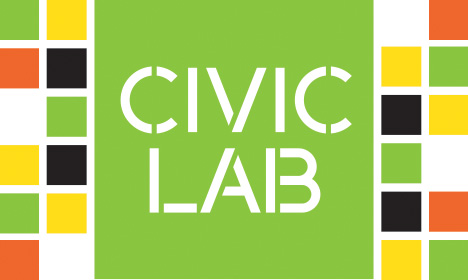The Responsibility to Protect
May 30, 2017

The Responsibility to Protect principle was endorsed by all members of the United Nations in 2005 with the goal of preventing genocide, war crimes, ethnic cleansing, and crimes against humanity. Given the delicacies of geopolitics, how does the world community enact such a commitment?
Key Definitions (from Merriam-Webster Dictionary)
- Crime against humanity – atrocity (such as extermination or enslavement) that is directed especially against an entire population or part of a population on specious grounds and without regard to individual guilt or responsibility even on such grounds
- Ethnic cleansing – the expulsion, imprisonment, or killing of an ethnic minority by a dominant majority in order to achieve ethnic homogeneity
- Genocide – the deliberate and systematic destruction of a racial, political, or cultural group War crime – a crime (such as genocide or maltreatment of prisoners) committed during or in connection with war
Core Resources
- Background Information on the Responsibility to Protect from the Outreach Programme on the Rwanda Genocide and the United Nations
- Responsibility to Protect from the United Nations
- A Toolkit on the Responsibility to Protect from the International Coalition for the Responsibility to Protect
Conversation Questions
1. Who should determine whether acts against a group of people constitute genocide, war crimes, ethnic cleansing, or crimes against humanity?
2. What should be the responsibility of the global community to intervene in instances of genocide, war crimes, ethnic cleansing, or crimes against humanity?
Learn More & Discuss
Civic Lab: The Responsibility to Protect
Tuesday, May 30, 2017
6:30 pm - 9:00 pm
Central Lobby